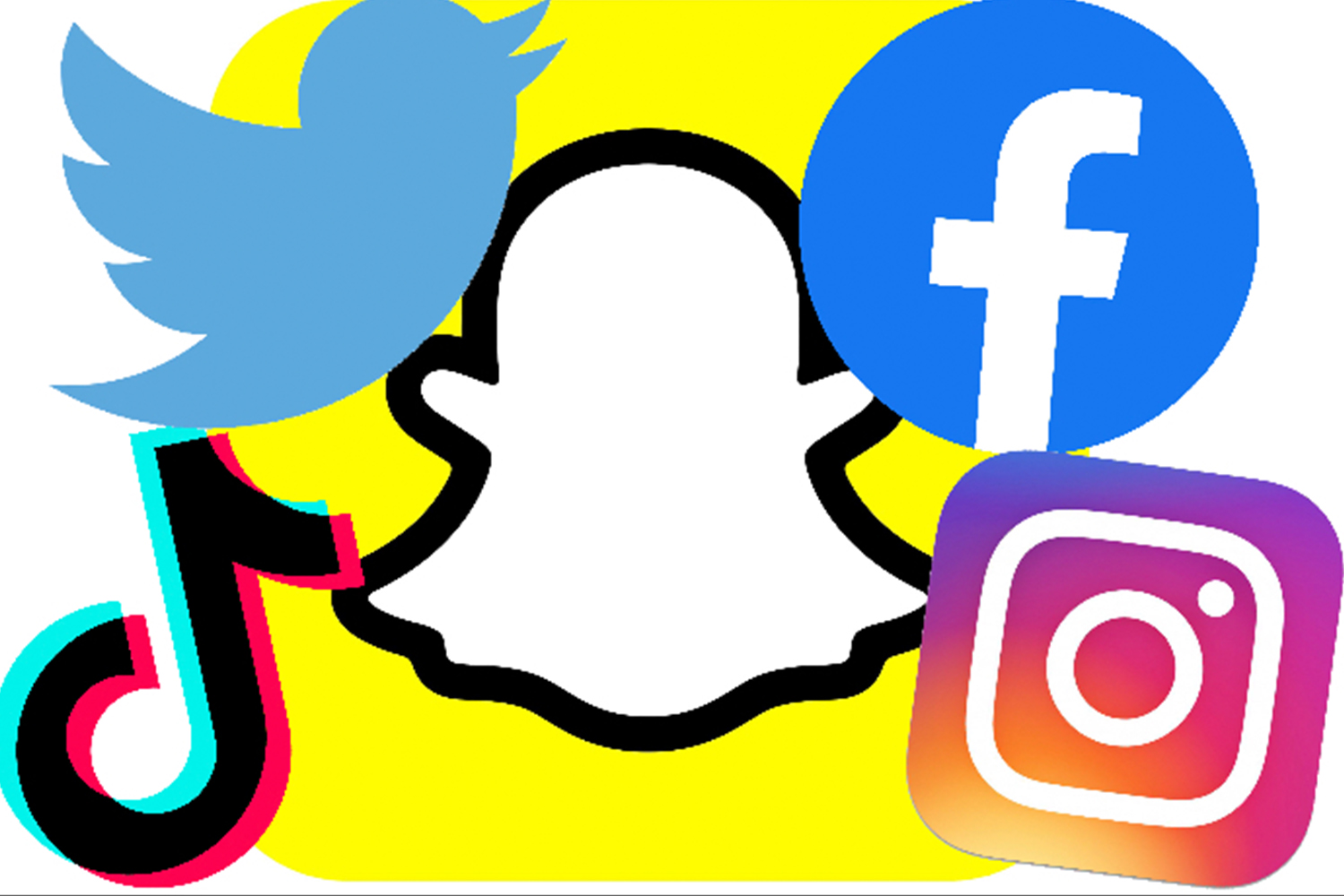Canceled or community?
March 10, 2023
Since social media rose in popularity in the early 2000s, everyone has been influenced by its effects one way or another. But for some people it’s a community builder, while for others, it’s a divisive addiction.
Social Menace
Social media has taken off since the turn of the century. With Facebook, Instagram, Twitter, and, more recently, TikTok, more and more people are joining online communities. However, with the increased popularity of these platforms, adverse content has risen as well.
While most platforms enforce age limits to be on them, it does not stop children and teens from accessing them. A Pew Research survey found that 97% of teenagers were on social media, and as social media become increasingly popular so has the addiction to screens. Many teens are prone to opening their phones and scrolling through Instagram for hours upon hours. This time used on social media also eats away at sleeping time. This affects the circadian rhythm influencing the ability to perform outside of home such as at school or work.
The toxicity on social media cannot be overlooked either. With the emergence of “woke” culture, cancel culture came with it. While being in a more socially aware climate has its benefits, there are “chronically online” people who make issues out of the smallest situations. For example, a person could be talking about their eating habits, and someone in the comments could claim that they are being insensitive to those with eating disorders. The internet likes to shame, mostly women, off the internet for the most unserious and unimportant topics, such as makeup looks. In addition, to push unsubstantiated opinions, social media has become breeding grounds for creation and spread of false information, specifically teens.
Speaking of looks, social media is a driving point for insecurities and unhealthy body-image. You click onto Instagram and see dozens of models with the ‘perfect body and face’, and then suddenly you feel insecure. These models’ jobs are to set the beauty standards, and many of them achieve this through plastic surgery or photoshopping. So by pushing this unrealistic standard through lies, teens are susceptible to unhealthy perceptions about their own looks.
Many fail to recognize the dark corners of social media. With these platforms connecting so many people together, predators and stalkers are given easy access to contact teenagers and strangers on the internet. Online profiles are stalked everyday, by shady people looking for more than just to be internet friends. As the internet has so many features for contact such as direct messaging, there is a direct line of communication.
While social media can be an amazing platform to expand one’s connections and communicate with long-distance friends, its unhealthy factors should make one wonder whether or not its benefits outweigh its costs.
Social Media
Unique to the 21st century is the prevalence of social media in our day-to-day lives. Whether it’s to share life updates or noteworthy news articles, anyone with WiFi and a device can access social media. Social media has revolutionized how we interact, so much so that more than half of the world uses social media.
The most common use of social media is to stay connected with family and friends worldwide. A Pew Research study found that social media better connects teens to their friend’s feelings and lives. This connection is essential as friendship is an incredibly important factor for a teenager’s mental health and development. These connections, whether virtual or not, can lower rates of anxiety and increase self-esteem, happiness, and feelings of empathy.
Social media platforms can also be powerful tools that can catalyze social change. Especially recently, platforms like Twitter, Instagram, Facebook, TikTok, and YouTube have become essential to raising awareness and uplifting minority voices.
During the COVID-19 pandemic, millions were able to participate in the Black Lives Matter movement thanks to social media. It allowed people to associate themselves with like-minded people to call out injustice, voice their opinions to elected officials, and convey powerful messages without being held back by the barriers of the pandemic.
It was also thanks to social media that millions of teenagers and young adults educated themselves on political and social issues. By reposting and sharing educational posts, videos, and tweets, important national and global issues were highlighted.
In addition to being a powerful tool for advocacy, it is a powerful, efficient networking tool. These platforms can help people gain access to useful information, such as job listings, resumes, and potential employers. Platforms like LinkedIn make it incredibly convenient for those seeking work to stay up-to-date and market themselves in the job market.
Furthermore, said platforms, especially YouTube, can be a great resource for online learning. Students often use channels like Crash Course and Heimler’s History to prepare and review for tests. Educational content is not limited to students but can also be used by people of all ages to explore new skills and content.
As with anything, there are downsides to social media, but when used correctly, social media can be great platforms for communication, advocacy, and community engagement.
